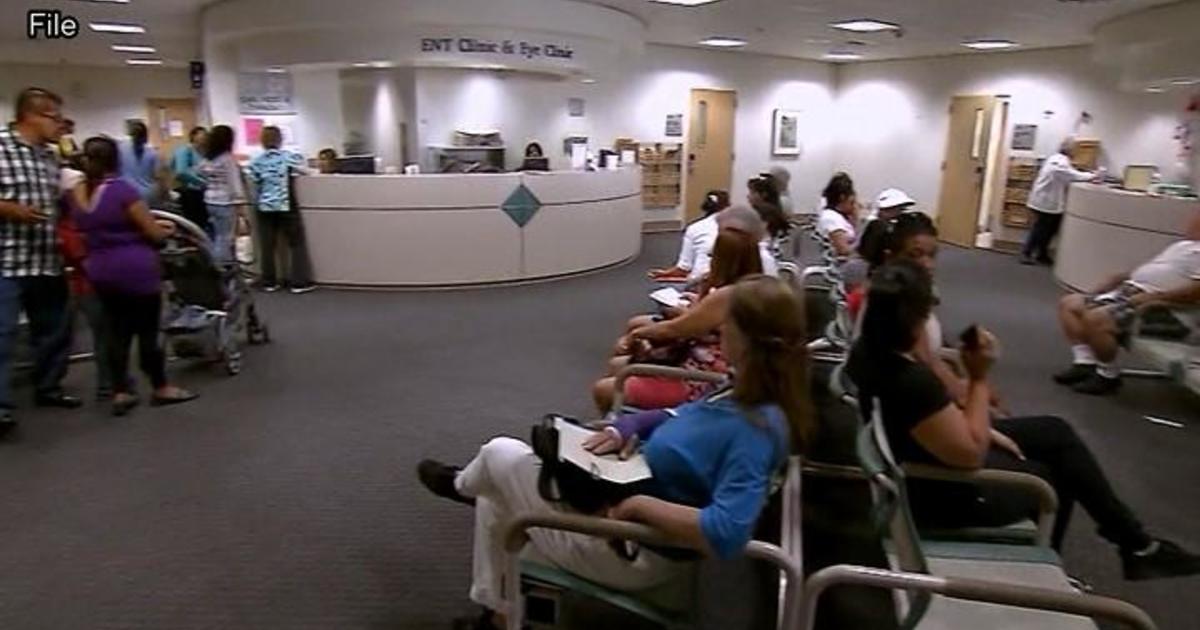Weather Stretches Chesapeake Bay's 'Dead Zone'
BALTIMORE (WJZ) -- Just when it looked like the Chesapeake Bay was getting a break, a big setback has hit.
The summer started with a smaller-than-normal "dead zone," but it has exploded into one of the largest.
Every spring, when algae blooms in the bay, it eventually dies and sinks to the bottom.
As it decays, oxygen is used up, leaving a dead zone.
In June, that zone was well below average.
"There were some periods when it was better than average and now we're seeing some periods now where it's worse than average," Dr. William Dennison of the University of Maryland Center for Environmental Science tells WJZ. "Really has a lot to do with our recent weather."
Specifically, July's heat wave and the heavy rains.
"On these black asphalts, that water that comes into the bay is really hot," Dennison says.
And according to University of Maryland scientists, "the warmer, fresher water sits on the cooler, saltier water, prevents oxygen from the atmosphere to reach the bottom of the water."
From 1985 to 2015, the dead zone's average size was 1.29 cubic miles.
In July, 1.65 cubic miles had little to no oxygen.
That's enough water to fill more than 2 million Olympic sized swimming pools, and it's impossible for fish or crabs to live in those areas.
And the hot weather may not be done with the bay.
Twice in the past, prolonged heat has destroyed critical underwater grass beds, and there's a worry that could happen this year.
Follow @CBSBaltimore on Twitter and like WJZ-TV | CBS Baltimore on Facebook



